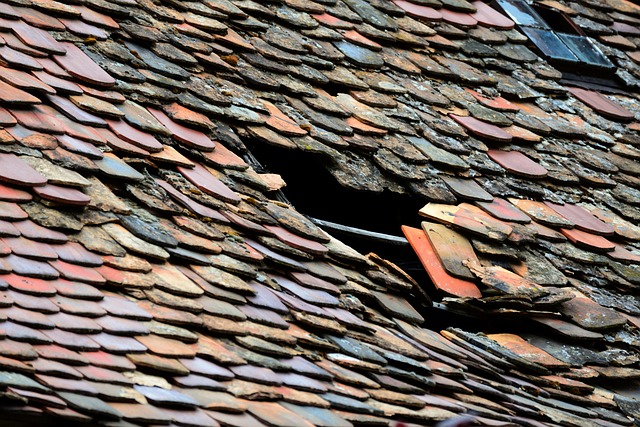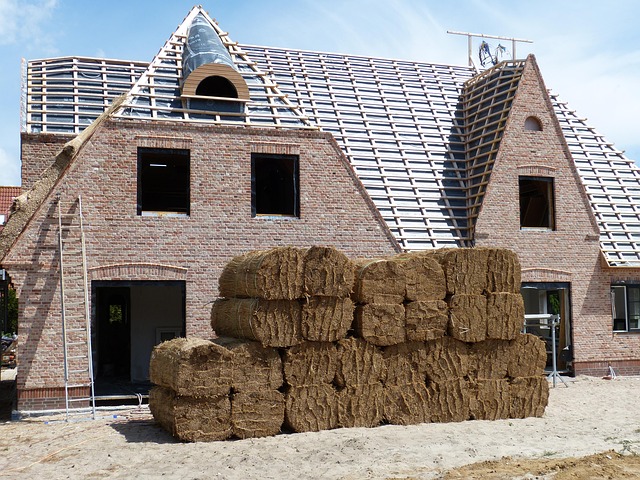Houston residents face unique challenges with roof leaks due to the city's humid climate. Aging shingles, loose flashing, and inadequate installation are primary culprits. Regular inspections, prompt Houston roof repair, and effective sealing solutions prevent structural damage, mold growth, and health risks. Choosing the right sealant (e.g., silicone, polyurethane) and proper application methods ensure robust protection against leaks from extreme rainfall or heat. Maintaining a sealed roof through cleaning, repairs, and periodic coating applications is vital for longevity in Houston's unpredictable weather conditions.
In the humid climate of Houston, understanding roof leaks is crucial for every homeowner. This article delves into the common causes and impact of these leaks, focusing on Houston’s unique challenges. We explore the vital role of seals in waterproof roofing systems, highlighting effective sealant types and application techniques. Additionally, we provide practical tips for maintaining your sealed roof to ensure longevity and prevent future Houston roof repair needs.
- Understanding Roof Leaks: Common Causes and Impact in Houston
- The Role of Seals in Waterproof Roofing Systems
- Effective Sealant Types and Application Techniques
- Maintaining Your Sealed Roof: Tips for Longevity and Leak Prevention
Understanding Roof Leaks: Common Causes and Impact in Houston

Roof leaks are a common problem faced by homeowners in Houston, a city known for its humid and stormy weather patterns. Understanding the causes of these leaks is crucial for effective prevention and prompt repair, which is why many turn to professional Houston roof repair services. One of the primary reasons for leaks is aging or damaged roofing materials. Shingles, especially those made from asphalt, can deteriorate over time due to exposure to harsh weather conditions, leading to cracks and missing pieces that compromise the roof’s integrity. Moreover, flashing, which are thin layers of waterproof material installed around roof penetrations like chimneys and vents, often become loose or corroded, creating entry points for water.
Another significant factor is poor installation or maintenance. If a roof isn’t properly sealed at joints and edges, moisture can seep in. Additionally, tree branches and debris blocking gutters can cause overflow, leading to leaks. The impact of ongoing water intrusion can be severe, from structural damage to the growth of mold and mildew, which pose health risks. Therefore, regular inspections and prompt repair are essential to safeguard both a home’s value and the well-being of its occupants.
The Role of Seals in Waterproof Roofing Systems

In the realm of Houston roof repair, understanding the critical role of seals in waterproof roofing systems is essential. Seals serve as the final protective layer, filling gaps and cracks that might remain after the initial installation or during routine maintenance. These tiny yet powerful components prevent water vapour and liquid intrusion, ensuring your roof remains a robust barrier against the elements.
Effective sealing solutions are game changers, offering long-term protection against leaks and associated damage. Houston’s diverse climate brings about various challenges, from intense rainfall to sweltering heat, making robust sealing techniques indispensable. By sealing off potential entry points, these systems foster a durable, seamless roof that safeguards your home or business from the constant threat of water damage.
Effective Sealant Types and Application Techniques

When it comes to effective Houston roof repair, choosing the right sealant is key. There are several types available, each with unique properties and application techniques. For instance, silicone sealants offer superior flexibility and resistance to extreme temperatures, making them ideal for areas prone to thermal expansion and contraction. On the other hand, polyurethane sealants provide an incredibly strong bond and can fill even tiny cracks, preventing water penetration effectively.
The application technique plays a crucial role in ensuring the sealant’s longevity. For flat or low-sloped roofs, a manual brush-on method is often used to apply the sealant evenly. This allows for precise control over the material distribution. In contrast, for larger areas or pitched roofs, a spray application might be more efficient, quickly covering vast surfaces while maintaining a consistent thickness. Proper preparation of the roof surface before sealing, including cleaning and repairing any damage, is essential to guarantee optimal results in Houston’s diverse weather conditions.
Maintaining Your Sealed Roof: Tips for Longevity and Leak Prevention

Maintaining a sealed roof is an essential aspect of Houston roof repair and longevity. Regular inspection is key; checking for any signs of damage, cracks, or loose seals. Repairs should be done promptly to prevent further issues. Applying new sealants or coatings periodically can enhance protection against leaks, especially in areas prone to extreme weather conditions.
To ensure a robust defense against future leaks, consider maintaining a clean roof. Remove debris and leaves regularly as they can block drainage systems, causing water damage. Additionally, keeping an eye on nearby trees and branches will help avoid any unexpected surprises from falling debris during storms.
In conclusion, addressing Houston roof leaks through proper sealing and waterproofing is a proactive approach to ensure your home’s protection against future damage. By understanding common causes and implementing effective sealant techniques, you can significantly extend the lifespan of your roof and avoid costly repairs. Regular maintenance is key; follow our tips for a sealed, durable roof that stands up to Houston’s unique challenges. For any issues or concerns regarding your Houston roof repair needs, reach out to professionals who specialize in these solutions.
